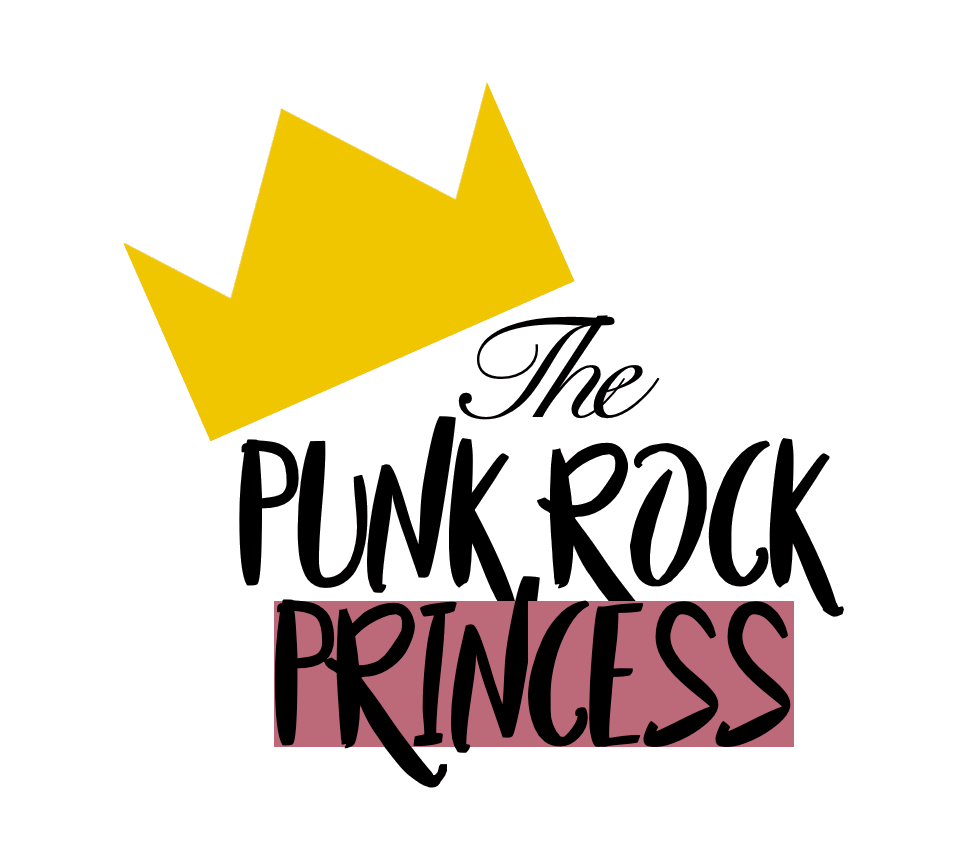The Top Basic Cookware Explained: What Every Kitchen Needs
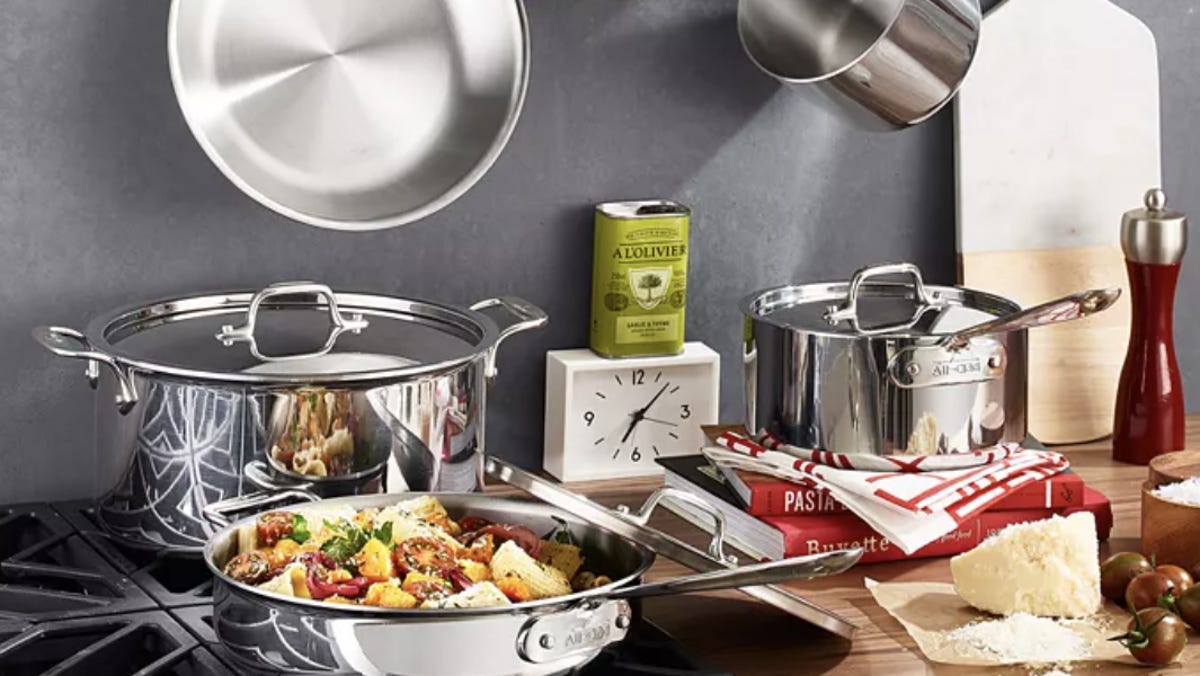
Setting up your kitchen or giving it a refresh? The first place to start is your cookware. Having the right pots and pans is crucial, whether you’re preparing quick weekday meals or experimenting with fancy weekend recipes.
But with so many materials—stainless steel, cast iron, aluminium, copper—it can get confusing. Here’s a straightforward guide for beginners. It explains the top types of cookware. You’ll learn how they work. Discover which ones suit your lifestyle best. Let’s dive in.
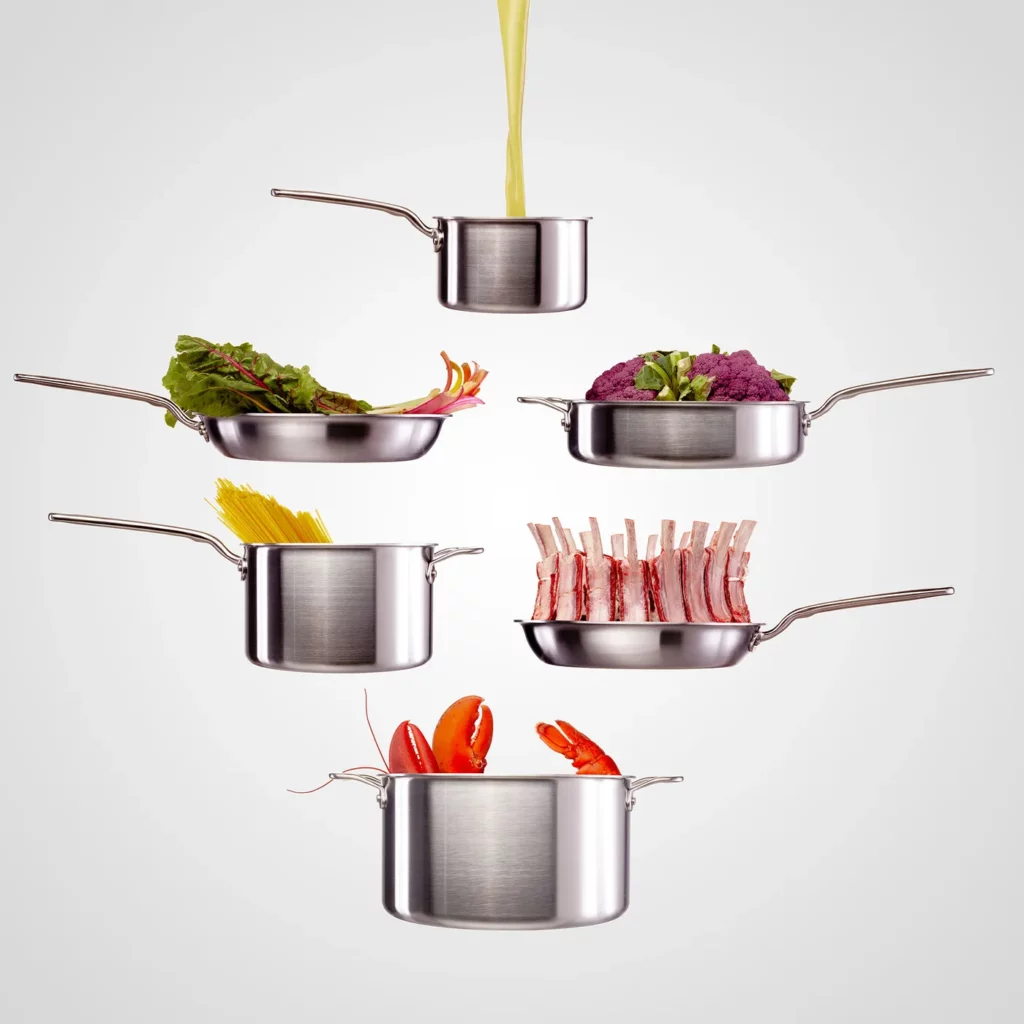
Stainless steel: the everyday essential
If you’re after durability, versatility, and a clean look, stainless steel is your best friend in the kitchen. It’s ideal for browning, sautéing, boiling, and even oven use (depending on the handle). Even stove repairs in stainless steel are cheaper. In restoring the brightness, special stainless steel cleaners help.
Pros:
- Rust-resistant and long-lasting
- Doesn’t react with food (great for acidic dishes)
- Easy to clean, especially if dishwasher-safe
Things to note:
Stainless steel isn’t the best heat conductor. That’s why many stainless steel pans include a core of aluminium or copper at the base for better heat distribution. When shopping, look for tri-ply or multi-ply options.
Care tip: Avoid using abrasive scrubbers that may dull the finish. For stubborn stains or discolouration, try a dab of specialised stainless steel cleaner.
Related reading: Kitchen DIY: Budget-Friendly Upgrades | How to Host the Perfect Dinner Night
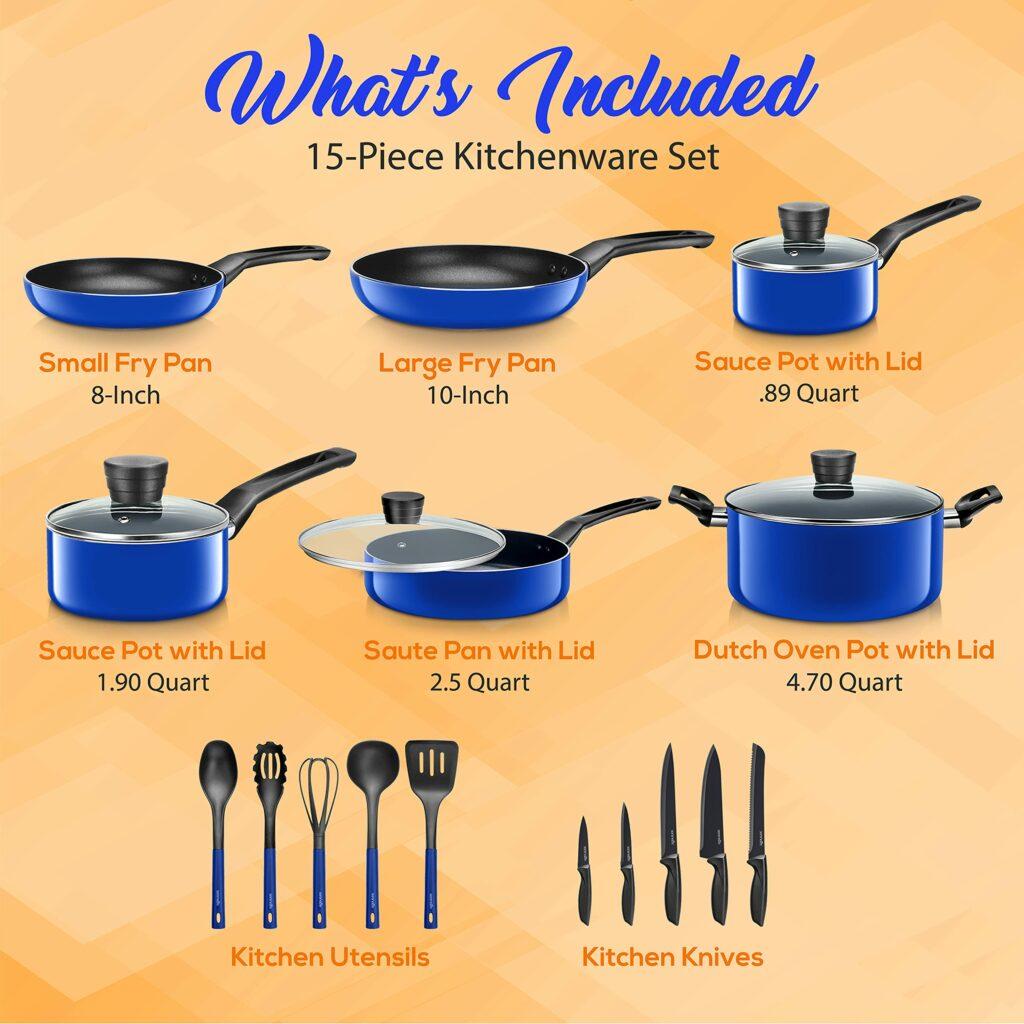
Cast iron: the slow-cooking legend
If you’re a fan of stews, deep-frying, or searing meat, cast iron is worth the weight (literally).
Pros:
- Retains heat like a champ
- Adds that rustic, golden crust to dishes
- Can be used on stovetops, ovens, and even over campfires
Watch out for:
Cast iron can rust if not properly cared for. It also requires seasoning (a light coating of oil baked into the surface) to maintain its non-stick properties and avoid metallic tastes.
Care tip: Avoid soap and water where possible—wipe clean with a paper towel, or rinse with hot water and dry thoroughly before storing.
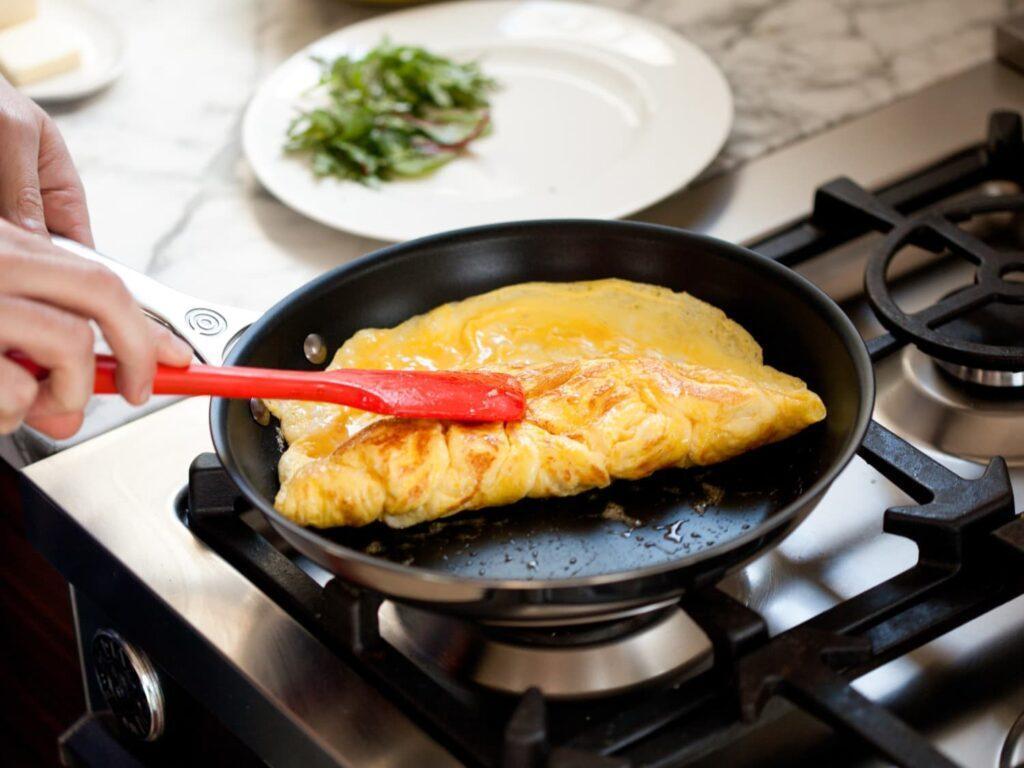
Aluminium: lightweight & budget-friendly
Aluminium is the go-to for lightweight, affordable cookware that heats up fast. It’s great for quick everyday meals and beginner cooks.
Pros:
- Excellent heat conductor
- Lightweight and easy to handle
- Budget-friendly
Cons:
Uncoated aluminium reacts with acidic or salty foods, which can alter flavour and colour. That’s why most aluminium cookware today comes anodised or lined with stainless steel to solve this issue.
Care tip: If your pan is anodised, skip the dishwasher to protect the non-stick finish.
Copper: the pro chef’s choice
Copper is prized in professional kitchens for its precise heat control. It heats up fast and cools down just as quickly, making it perfect for sauces, sautéing, and delicate dishes.
Pros:
- Superior heat conductivity
- Gorgeous to look at (hello, Instagram!)
- Perfect for precision cooking
But…
Copper is expensive and high maintenance. It also reacts with certain foods unless lined with tin or stainless steel, so always check the interior before buying.
Care tip: Use a gentle polish to maintain the copper shine and avoid acidic cleaners.
Quick cookware comparisons
| Material | Best For | Avoid If… |
|---|---|---|
| Stainless Steel | Everyday cooking | You want natural non-stick |
| Cast Iron | Frying, slow-cooking | You hate maintenance |
| Aluminium | Lightweight meals | You use acidic foods often |
| Copper | Precision techniques | You’re on a tight budget |
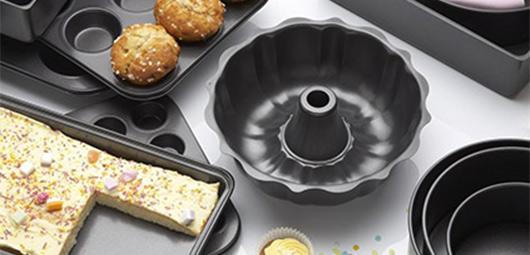
A few more smart tips
- Avoid scratching non-stick or anodised surfaces. Use wooden or silicone utensils.
- Match cookware to your stove. Induction needs magnetic cookware.
- Think long-term. Cheaper sets may save money now, but good cookware lasts decades.
You might also like:
- Kitchen Must-Haves for First-Time Cooks
- Best Cookbooks to Kickstart Your Culinary Journey
- Gadgets That’ll Actually Make Cooking Easier
Whether you’re frying up Sunday bacon or perfecting your pasta game, knowing your cookware gives you a real edge in the kitchen. Let your tools do the heavy lifting—and hey, if it’s cute enough to leave on the stove, that’s a win too.
If you found this helpful, don’t forget to share it or save it to Pinterest for later!
